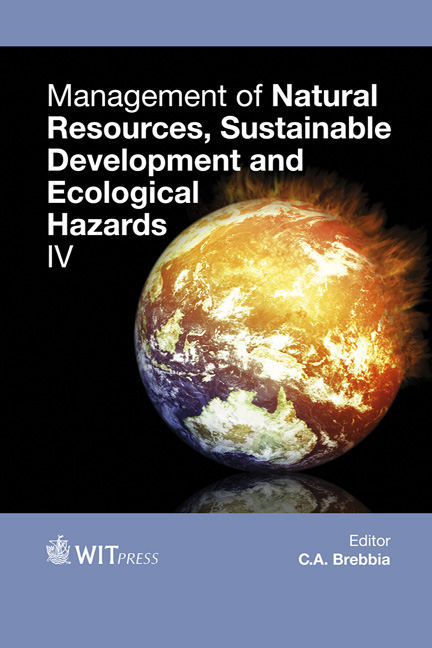Prospective Of The Natural Protected Areas Of The South Of The Baja California Peninsula
Price
Free (open access)
Transaction
Volume
199
Pages
11
Page Range
35 - 45
Published
2015
Size
436 kb
Paper DOI
10.2495/RAV150041
Copyright
WIT Press
Author(s)
O. Arizpe-Covarrubias, M. Arizpe-Vicencio
Abstract
Natural Protected Areas (NPA’s) constitute fundamental instruments in the enforcement of environmental policies and are considered essential to preserve biodiversity. NPA’s are also perceived as an important engine for sustainable development. Mexico is one of the countries with the highest levels of biodiversity in the world, ranking as high as fourth in the global biodiversity scale by country but also some of the most threatened and with highest erosion rate. Within this scenario, the Mexican government is currently promoting NPA’s as mechanisms to protect and encourage the sustainable development of many regions of environmental importance over the nation. Among these, the Peninsula of Baja California is a privileged geographical area with a high natural, historical and cultural value, which importance has been recognized not only by the Mexican government, but on an international scale. A great percentage of the peninsula’s territory (42%) is currently under protection. Baja California Sur is the Mexican state with the longest coastal line, and both the highest annual population growth rate with a huge pressure from tourist development. It is also the Mexican state with the highest proportion of NPA’s in its territory. In this context, this study presents the description of these NPA’s, and elaborates on their importance, their major perceived challenges, and finally, as a result of two workshops and Delphi method development, the main threats and some recommendations for the sustainable development of the NPA’s in the state of Baja California Sur.
Keywords
Baja California, natural protected areas, NPA





